[the_ad_group id=”632″]
BOCA RATON – Learning a new defensive playbook wasn’t the only challenge for edge rushers Leighton McCarthy and David Belvin this spring.
They also had to adjust to playing in space as off-ball linebackers.
“I really like the new format of the defense, giving me and Leighton McCarthy a chance to actually be out there, be more versatile in the backfield and in the front,” Belvin said.
It’s relatively common in today’s game for defenses to employ multiple fronts. Where first-year coordinator Glenn Spencer’s system strays from the norm, however, is that it’s asking players to transition their roles on a down-to-down basis.
That transition is most dramatic for McCarthy and Belvin, who now play the LEO role in Spencer’s defense.
“Attack the ball,” said Belvin, a redshirt junior who rarely saw the field during his first three seasons. “Gotta go hunt, so that’s what we do.”
In a four-man front, McCarthy or Belvin – depending on which one is in the game – lines up at his normal hand-in-the-dirt defensive end position. But when Spencer calls for a three-man front, that player moves to inside linebacker, pushing the two who normally play there to the outside.
“It’s not a position change, it’s just a system,” FAU coach Lane Kiffin said. “It’s like moving a guy from end to tackle, or something like that on certain downs and distances.”
Being able to switch looks without substituting personnel is critical considering the vast number of teams that are now running up-tempo offenses. The purpose of playing at a higher pace is often to take advantage of defenses being in unfavorable fronts for certain situations.
But FAU’s new, versatile defense will counteract that.
“It’s more disruptive because we give more looks than we did last year,” said McCarthy, a two-year starter earned co-MVP honors among defensive linemen this spring.
While the idea is great on the surface, moving an edge rusher to inside linebacker is easier said than done. Some lack the lateral agility to move effectively in space. Others lack the position’s mental requirements, such as taking correct tackling angles and reading plays.
Then there’s McCarthy and Belvin. They both looked comfortable off the ball, showing a knack for stuffing run plays in the backfield as well as covering plenty of ground in pass coverage.
“If they tell me they need to me to drop back, I’ll drop back. If they tell me they need me to rush, I’ll rush,” Belvin said. “Just whatever to help the team.”
Dropping into coverage was natural for the 6-3, 205-pound McCarthy, who’s built more like a college linebacker than defensive end, anyway.
But Belvin’s athletic progression from Little League offensive lineman, to big-bodied high school D-lineman, to now was anything but. And he’s thrilled for the opportunity.
“Being on the O-line when I was little and now playing linebacker and stuff like that, that’s a big man’s dream – to actually get out there on the field and cover,” Belvin said.

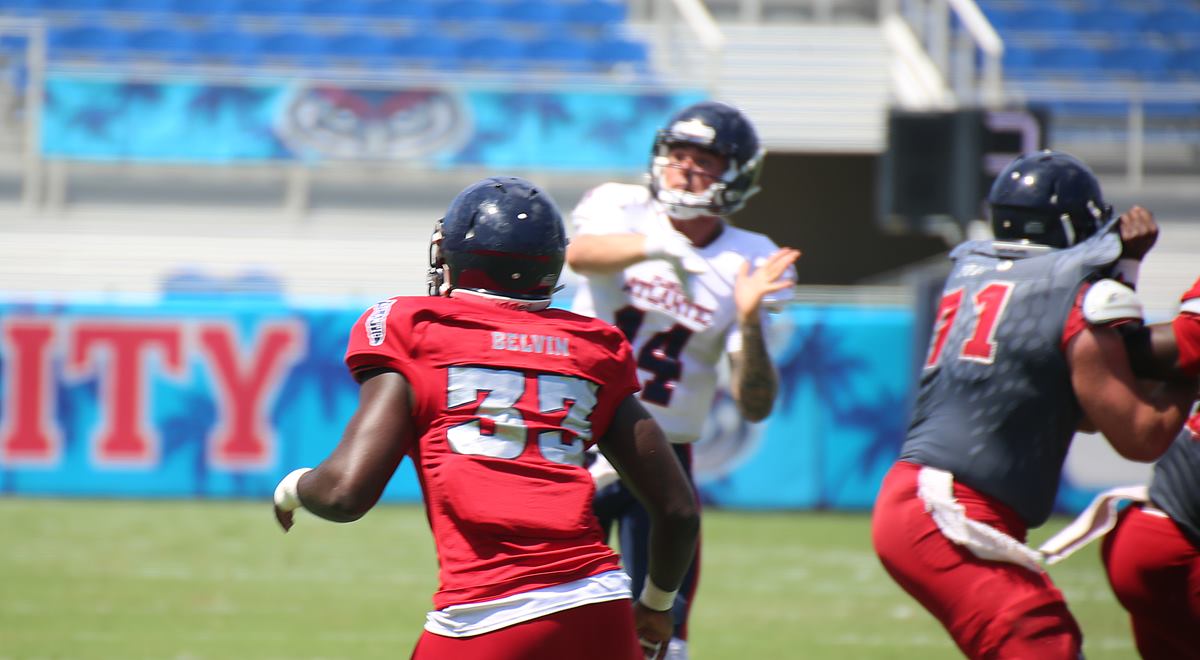

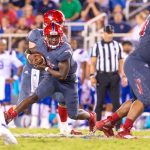
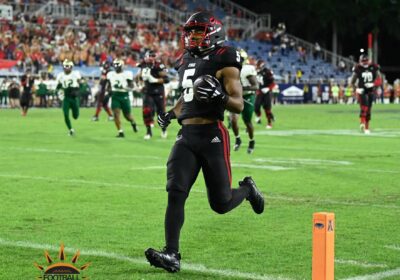
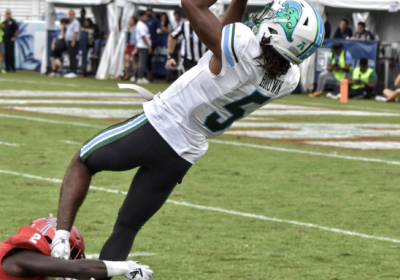
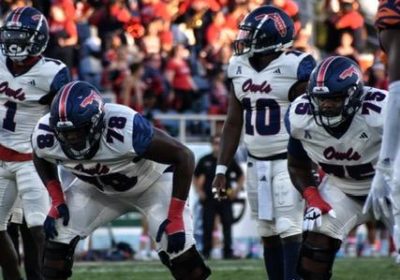
Recent Comments